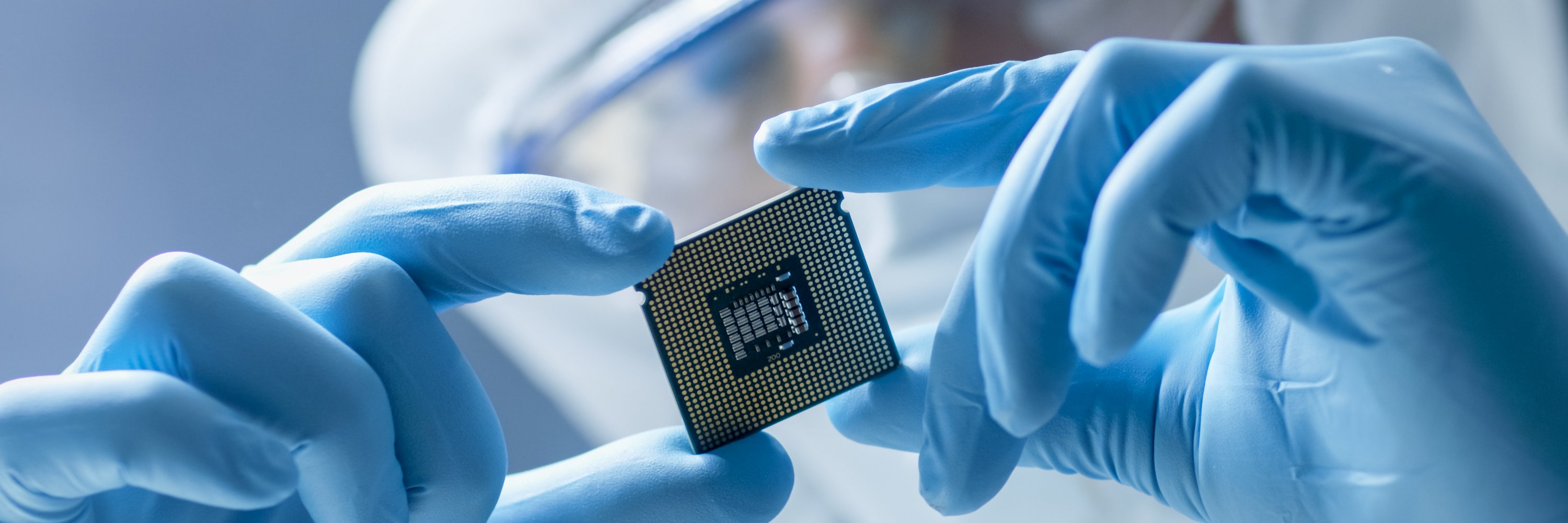- Projekt Title: QSense4Power
- FFG Funding Project, Call: QFTE 2019
- Project duration: 2 years
- Project volume: 850 k€
- Project partner: Infineon Technologies Austria AG, T.I.P.S. Messtechnik GmbH, Universität Wien
QSense4Power

Main objectives
Silicon carbide (SiC) is rapidly emerging as the prime material of choice for high-power electronics enabling seminal products, e.g. rapid chargers essential for boosting electro-mobility, inverters in photovoltaics and a range of applications in harsh environments. However, despite substantial advances in material and processing technologies, the practical usage of SiC as a semiconductor material still comes with a range processing challenges, including control of material defects, gate oxidation quality and the packaging of SiC devices. These shortcomings presently limit performance and yield of these advanced devices and impede further trend-setting advances in this emerging field.
An unrelated property of SiC is that it supports long-living spin-active point defects, similar to NV centres in diamonds, that can be used for quantum sensing at room temperatures and above. Suitably excited and interrogated, quantum-active spin centres yield direct information on local properties, mainly the magnetic field and temperature, to a smaller extent also electric field and material strain, with extremely high spatial resolution (O ~ nm³) and high sensitivity. First studies presently investigate the exploitability of these effects for realizing quantum sensors for e.g. magnetic fields.
In a combination of both facts, the main goal of QSense4Power is to implement – for the first time – spin defect centre-based quantum sensing techniques on a practical, functional (power-) electronics device, starting with a merged Schottky PIN diode. QSense4Power thus intends to actively exploit the presence of – usually undesirable – defects for material- and device characterisation and optimisation purposes. Enabling a spatially highly resolved 3D mapping of the temperatures directly within the device during operation will deliver vital data for thermal management of and in power electronics. Spatially resolved magnetic field measurements will simultaneously allow to directly quantify the current density distribution within the devices, and the analysis of the underlying electro- and photo-luminescence can deliver direct insights into the local band structure and (quasi-)Fermi energy levels.
For SiC as an emerging material that is subject to serious ongoing research, such integrated diagnostics would be invaluable, as device performance is strongly dependent on material quality and processing details. Our envisaged outcome for QSense4Power is to deliver techniques based on quantum sensing that serve as development tools for new devices and processes, providing highly precise diagnostic information for each production step, and during electrical testing of the devices. Combined with a systematic study into processing approaches and parameters, QSense4Power will provide an essential tool for targeted, efficient R&D into SiC materials and its devices. On the longer run, the method may even be of relevance also for in-line monitoring in quality control during device production, or in life-cycle and ageing studies.
Project Consortium
- Silicon Austria Labs GmbH (Consortium Leader)
- Infineon Technologies Austria AG (Partner)
- T.I.P.S. Messtechnik GmbH (Partner)
- Universität Wien (Partner)
Project facts
Your contact person

Dr. Gerald Auböck
Principal Scientist | Photonic Systems
e-mail: contact@silicon-austria.com




